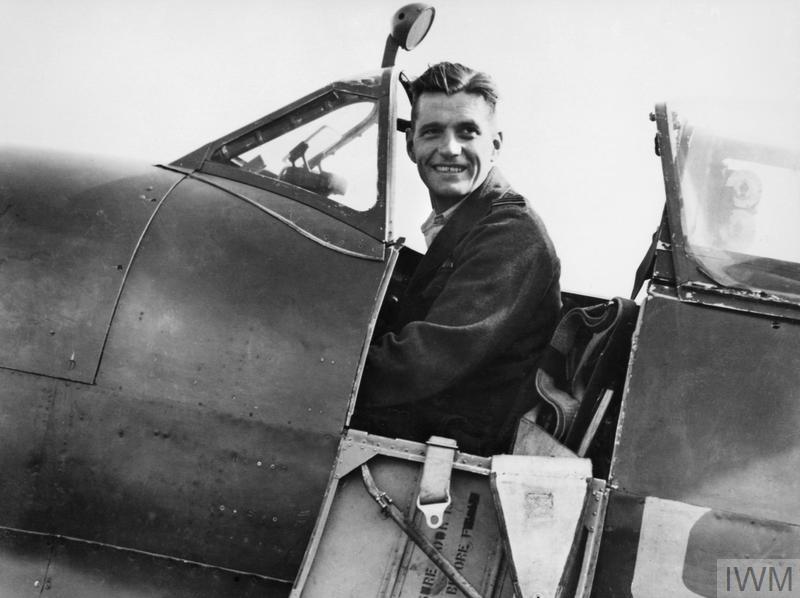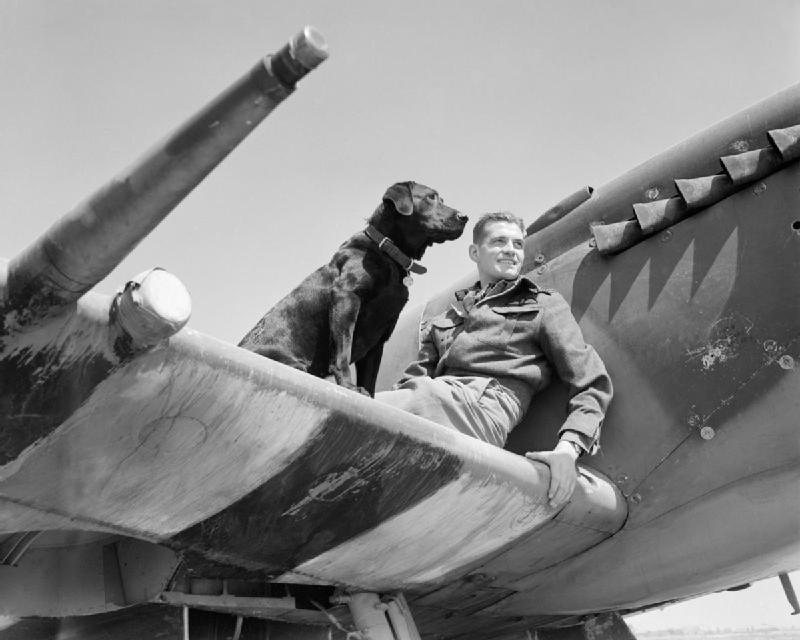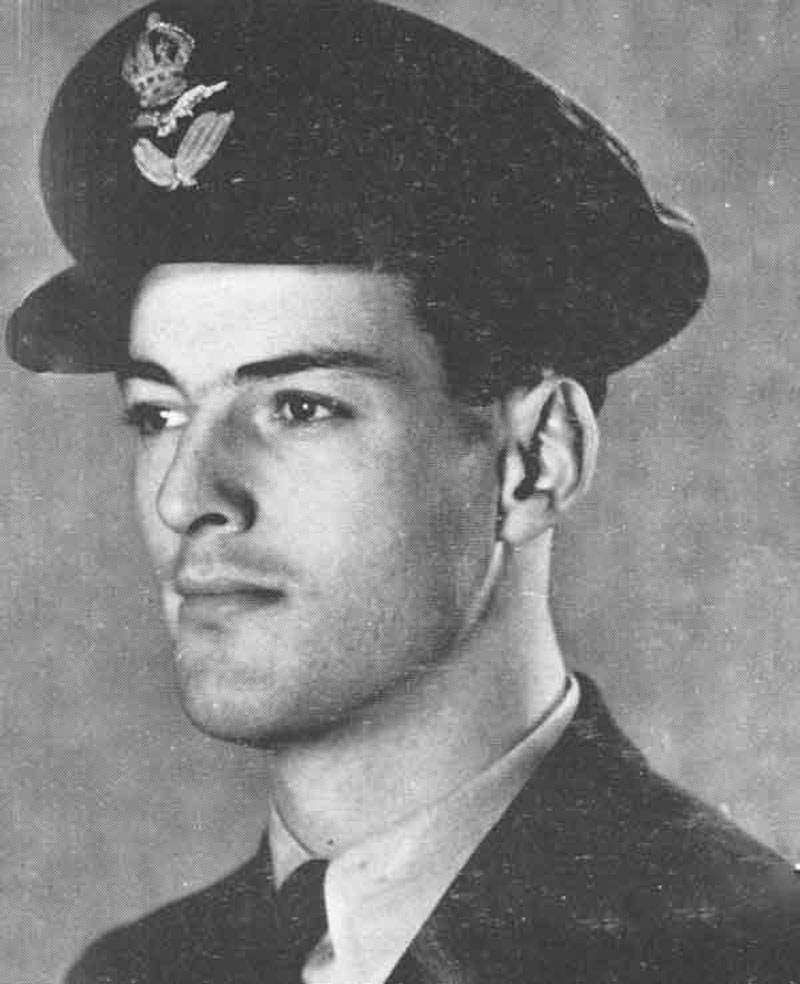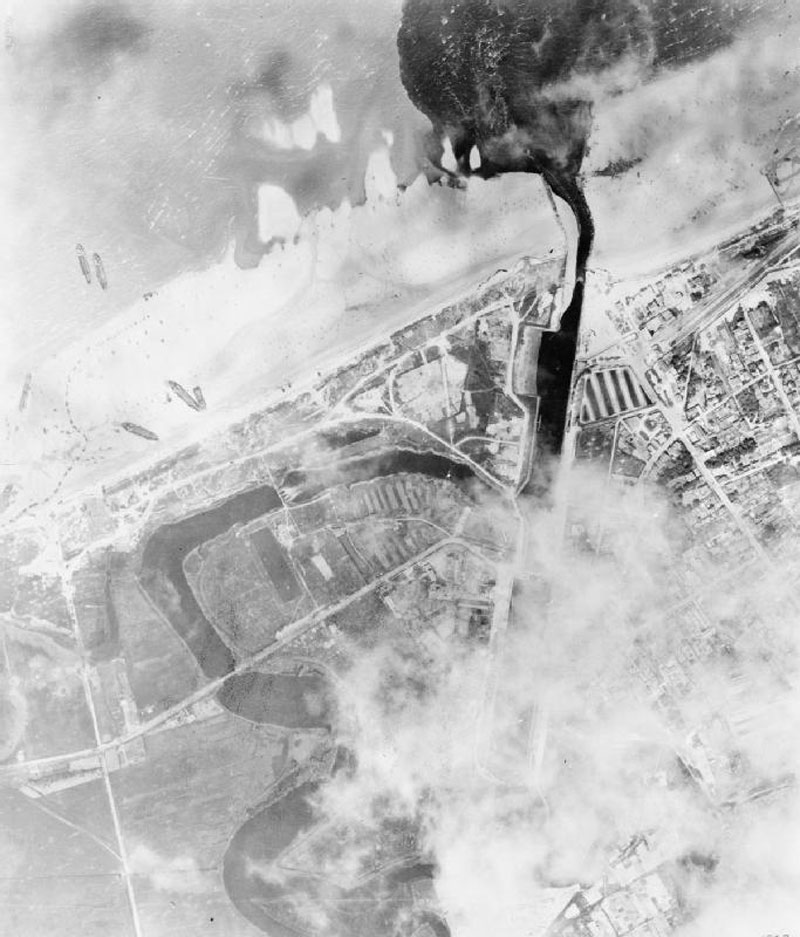
RCAF Shoots Down 26 Enemy Planes in Normandy Between Dawn & Dusk
By P.O. H. R. McDonald
A Canadian Airfield in France June 29, 1944 (CP)–Canadian fighter planes, in one of the most brilliant achievements in the history of the R.C.A.F., shot down 26 out of a total of 34 enemy aircraft destroyed over the Normandy front between dawn and dusk yesterday. In addition, R.C.A.F. pilots chalked up a number of enemy planes probably shot down and a number of others which were damaged.

Earlier reports indicated the Canadian airmen had downed 18 enemy planes in yesterday’s daylight operations.
Destroys Two, Damages Third
Hayward destroyed two FW-190s and damaged a third, which gave him the highest R.C.A.F. individual score of the day.
Earlier reports indicated the Canadian airmen had downed 18 enemy planes in yesterday’s daylight operations. The complete figures were reached by intelligence officers today after a period of aerial operations which exceeded in intensity anything since the Allied Normandy beachhead was opened June 6. Besides the toll of enemy planes, which included all fighter types, R.C.A.F. pilots also strafed transport on the roads.
Besides the toll of enemy planes, R.C.A.F. pilots also strafed transport on the roads.
Final claims on two aircraft are being sifted
Among the R.C.A.F. Spitfire pilots contributing to the total with one Hun each were: Flt. Lts. Irving Kennedy, Cumberland, Ont.; G. R. Patterson, Kelowna, B.C.; J. F. McElroy, Kamloops, B.C.; Henry Zary, New York; R. M. Stayner, Saskatoon; A. F. Halcrow, Penticton, B.C.; G. W. Johnson, 102 Beechwood Ave., Hamilton, Ont.; D. E. Noonan, 146 Willingdon Ave., Kingston, Ont.; J. B. Rainville, Montreal; and Flying Officers W. J. Banks, Leaside, Ont. and G. H. Farquharson, Corbyville, Ont.

Among the R.C.A.F. fliers scoring probables were F/O A. C. Brandon, Timmins, Ont.; F/O J. B. O’Sullivan, Vancouver; and P/O J. M. Flood, Hearst, Ont.

At least nine others wire damaged by fliers of the R.C.A.F.
Of the wings comprising Group Capt, W. (Bill) MacBrien’s R.C.A.F. sector, the one led by 22-year-old Wing Cmdr, George Keefer, D.F.C. and Bar, Charlottetown, was high scorer of the day with 13 confirmed victories. Johnson’s wing was second with seven, in a close race with a unit led by Wing Cmdr. R. A. Buckham, Vancouver.
The margin for Keefer’s wing was established in two dusk operations in which seven enemy planes were destroyed and two damaged. In the first action Hayward sighted more than 25 Nazi fighters and led his formation in pursuit. He damaged one.
“The Huns were like bees. They seemed confused and acted as though they did not know what they were doing.”
Later the same Spitfires became embroiled with a dozen FW-190s, and Hayward got two of them. The first fell out of control, and the second burst into flames and crashed after Hayward had followed it down to tree-top height.
“The Huns were like bees,” said WO Murray Havers, 1 Lloyd St., Hamilton. Ont. “They seemed confused and acted as though they did not know what they were doing.”
The Canadian airmen said the Germans did not put up much of a fight despite their numerical advantage.
Other Canadians credited with kills during the day were F/O G. R. Stephen, Montreal; F/O Larry Robillard, Ottawa; F/O W. A. Gilbert, Dartmouth, N.S.; F/O Don Goodwin, Maynooth, Ont.; and F/O Tommy Wheler, 10 Beauford Rd., Toronto.
Advertisement












